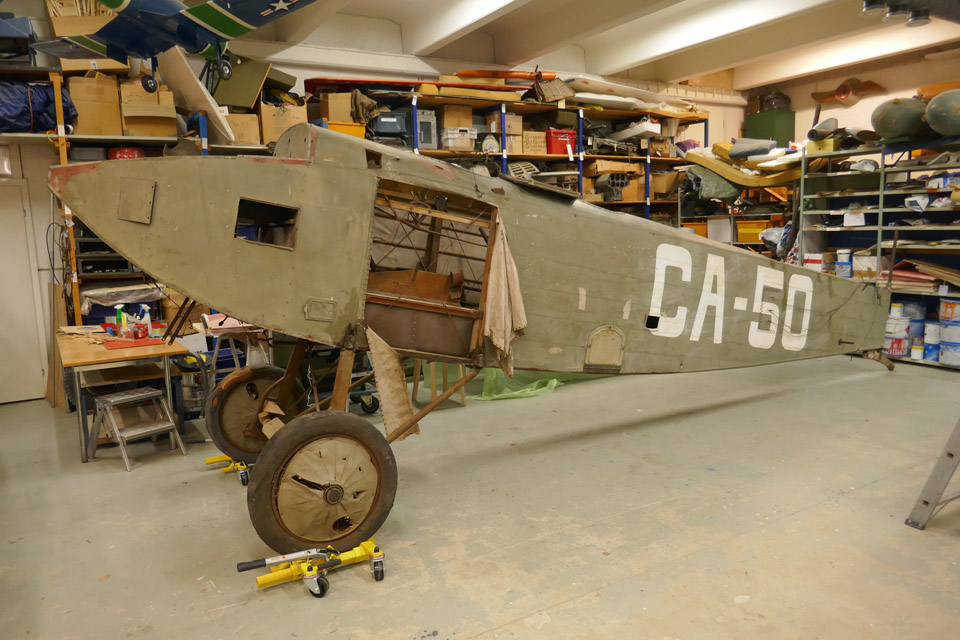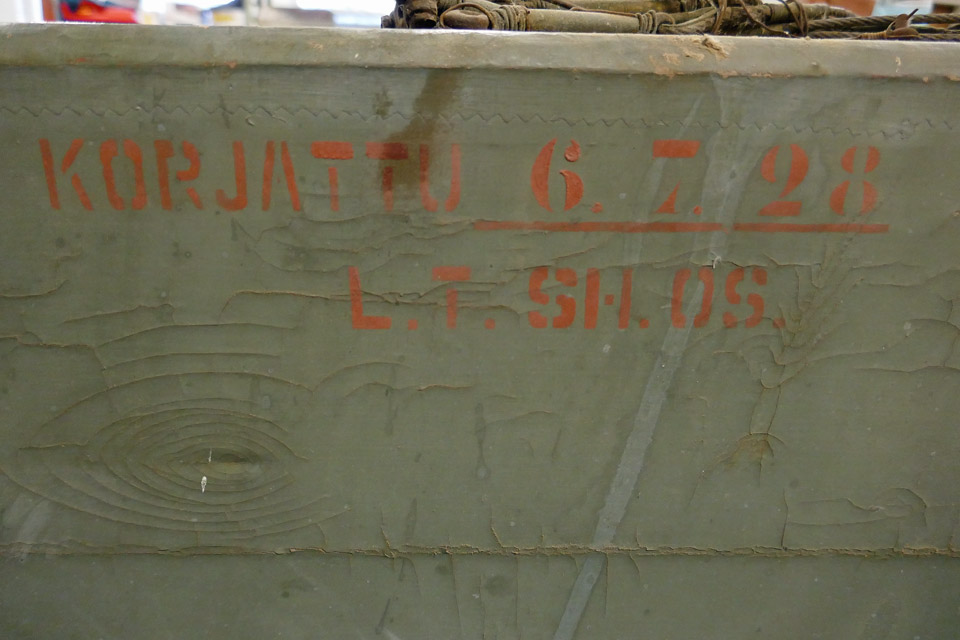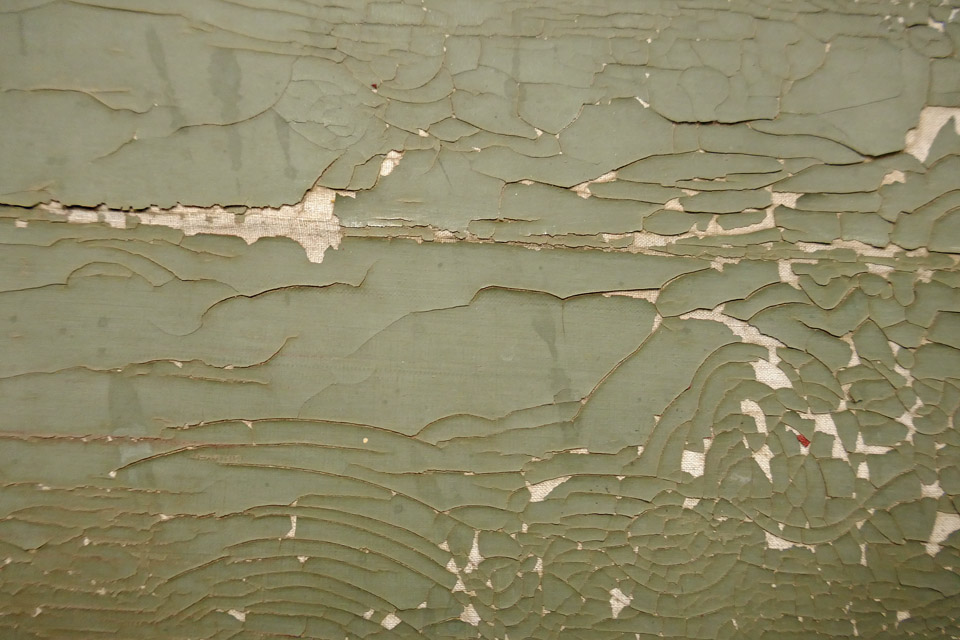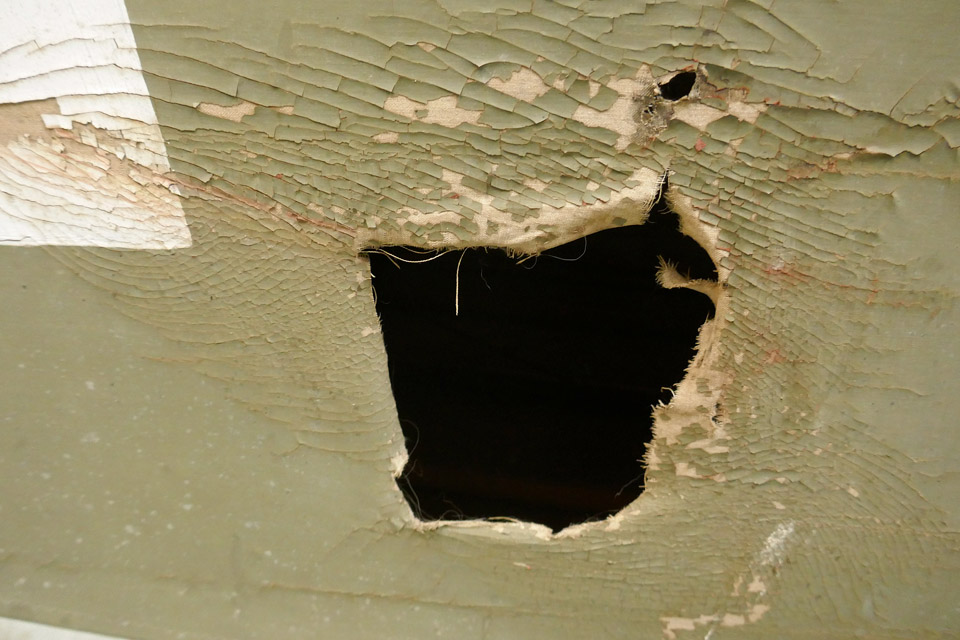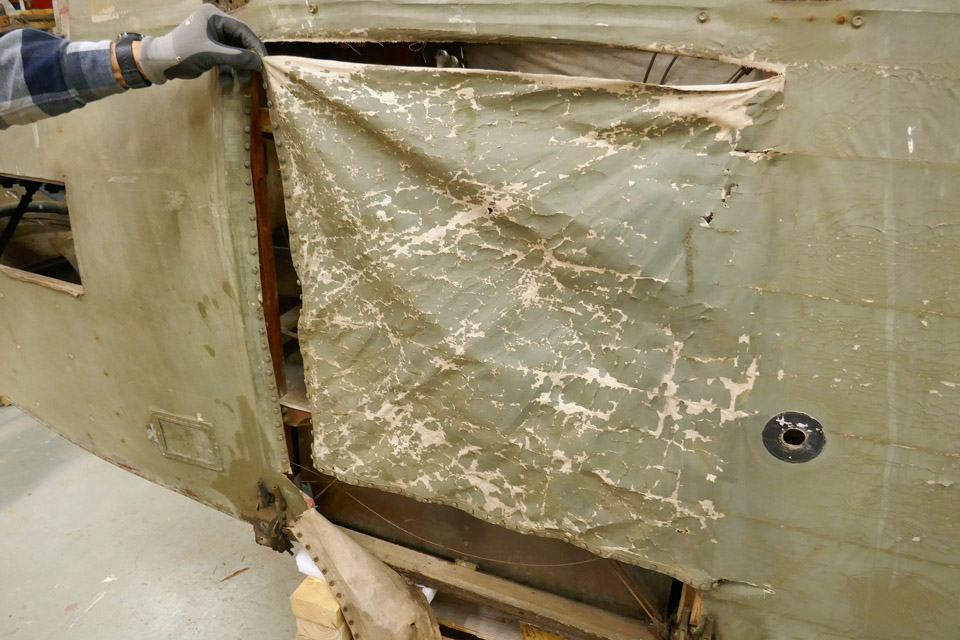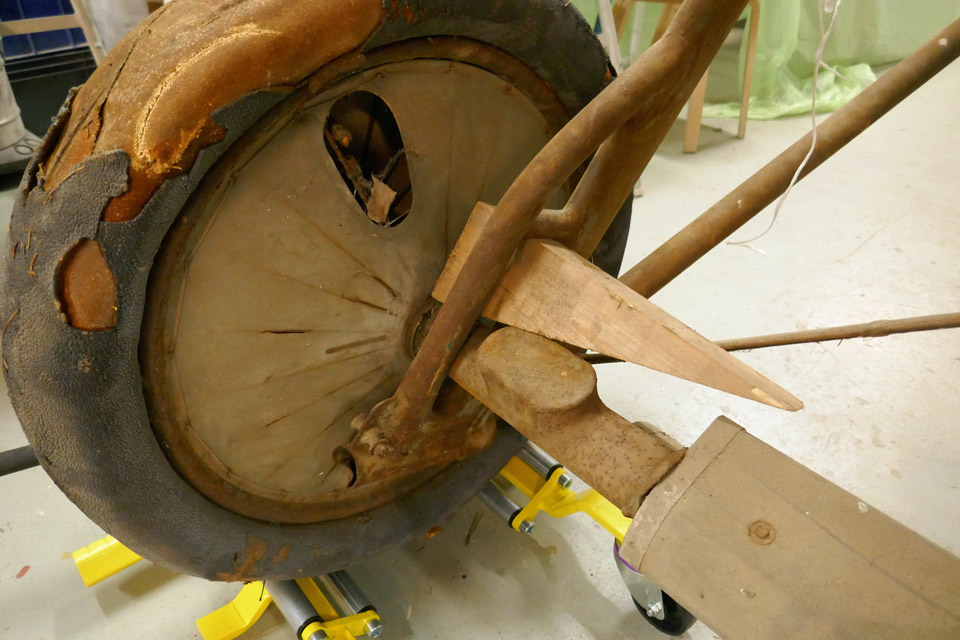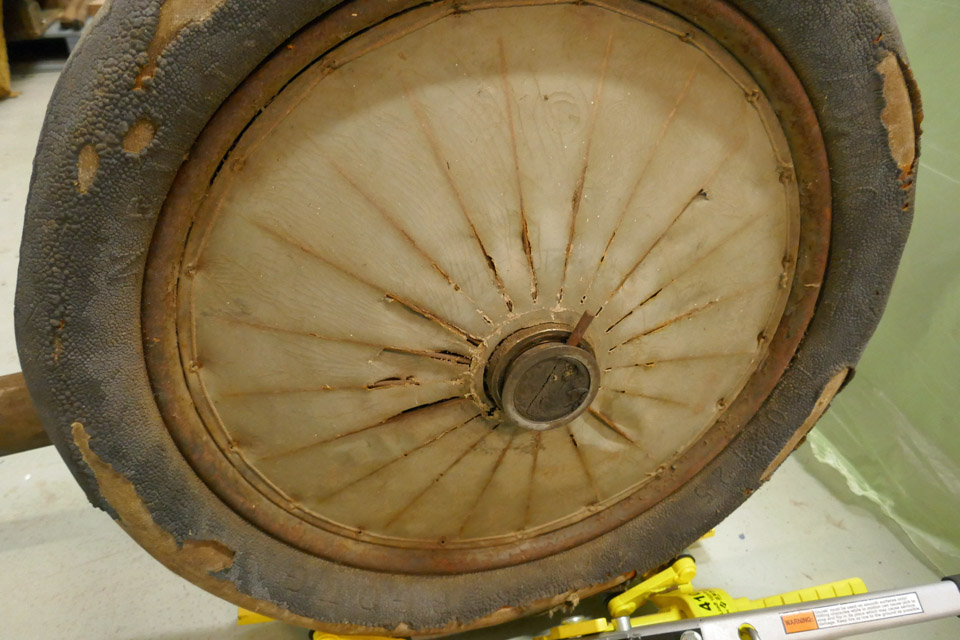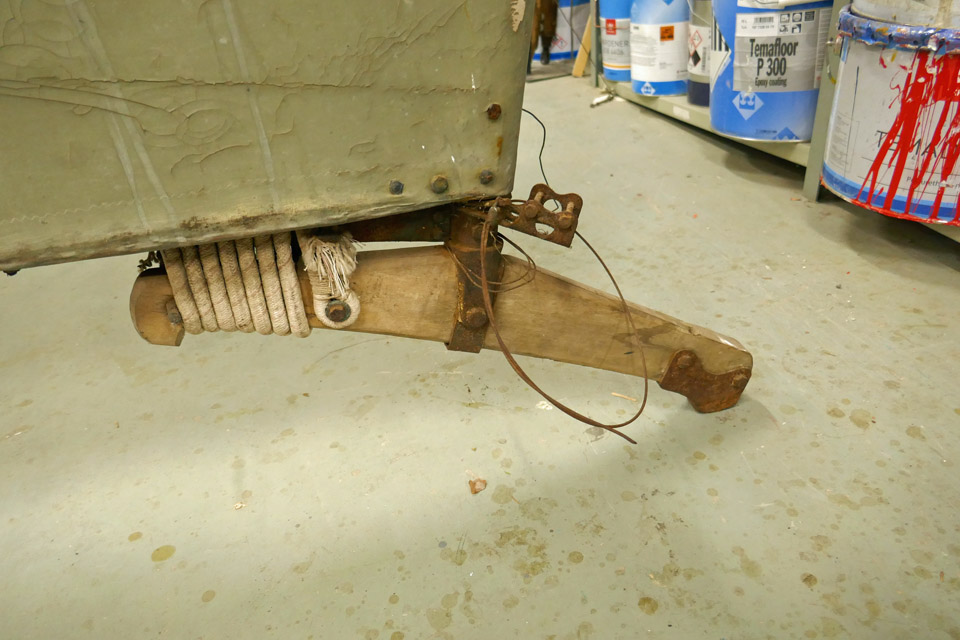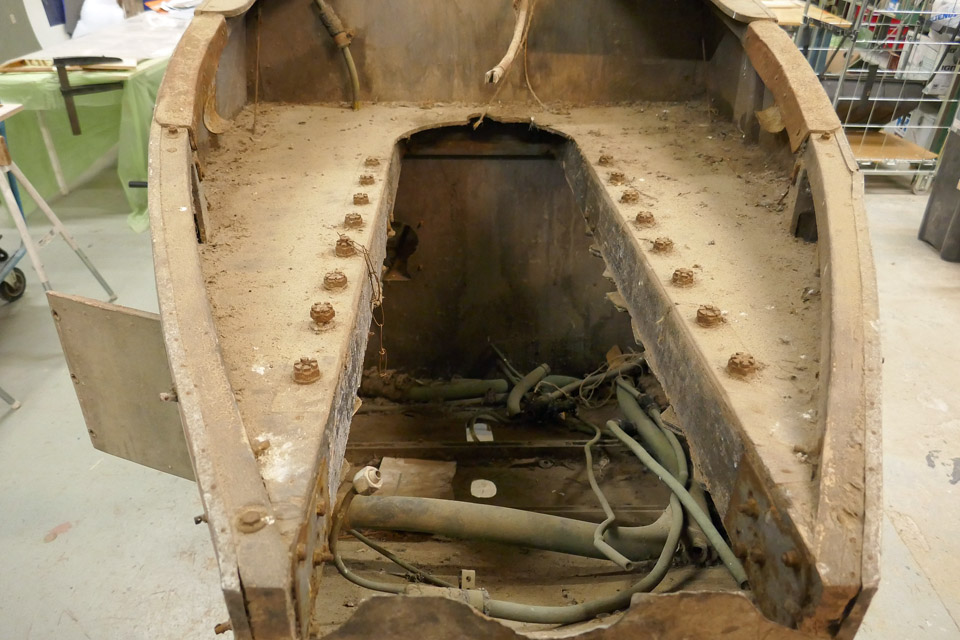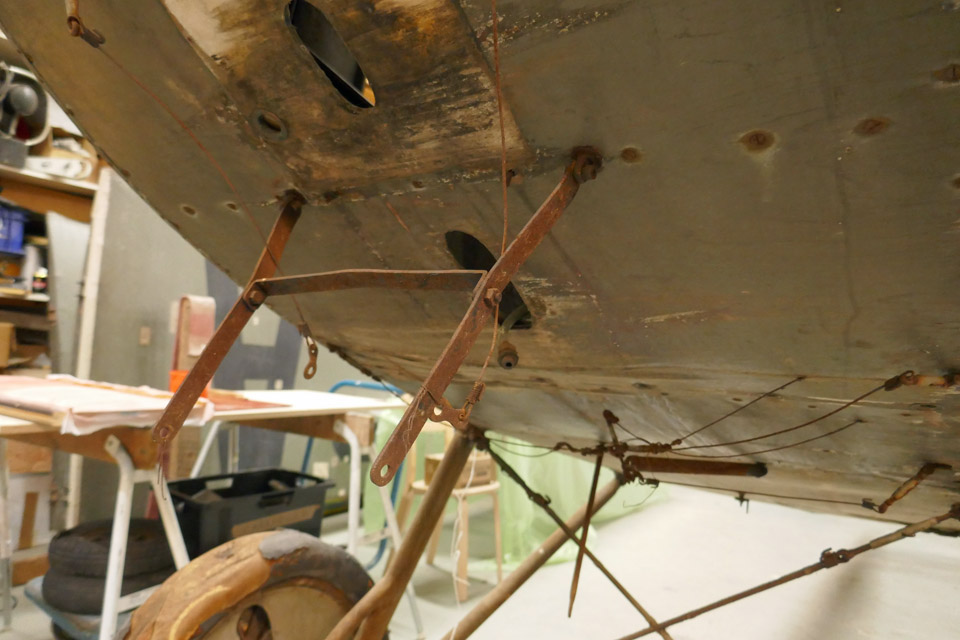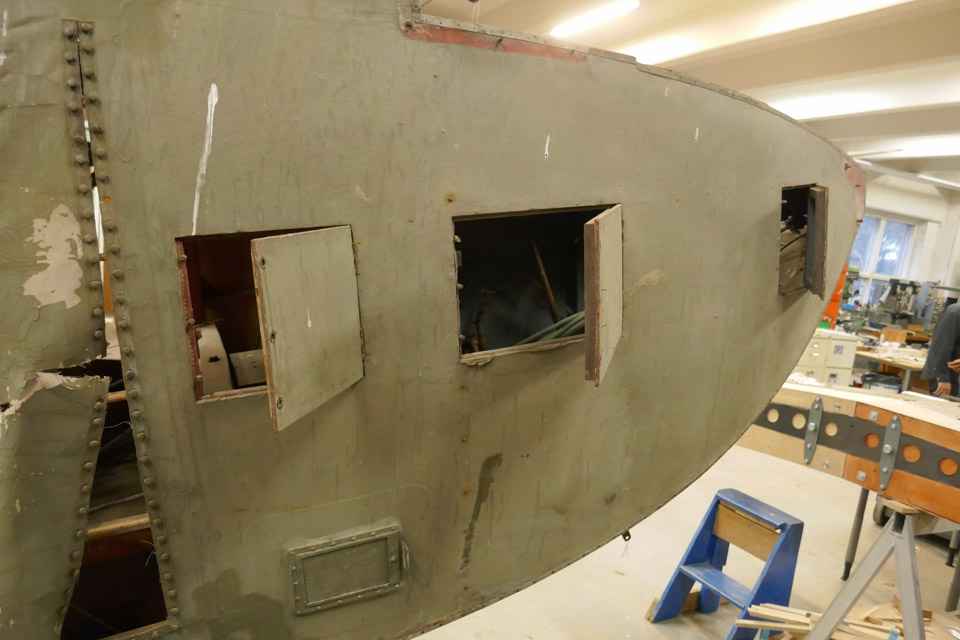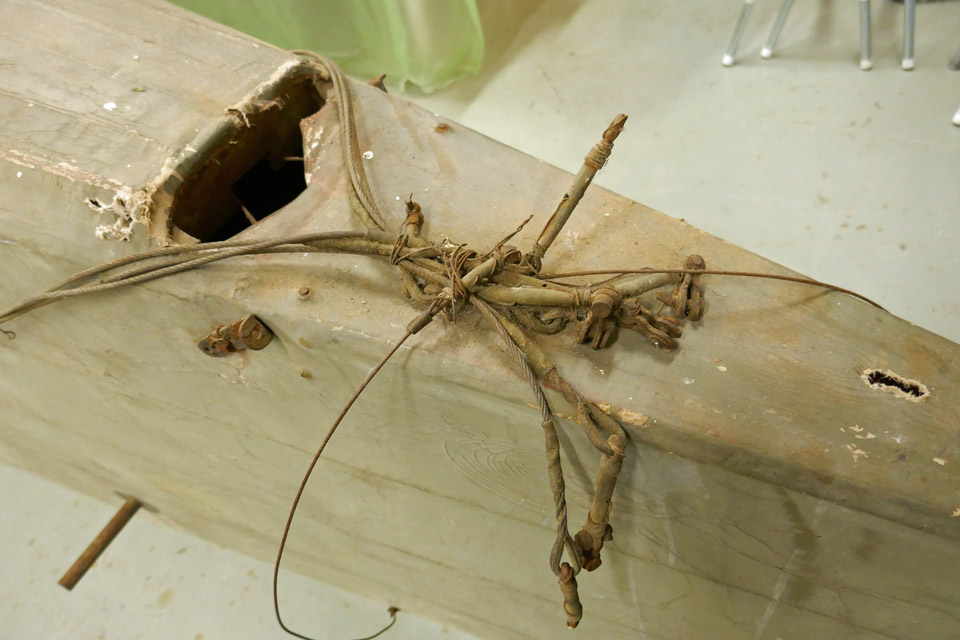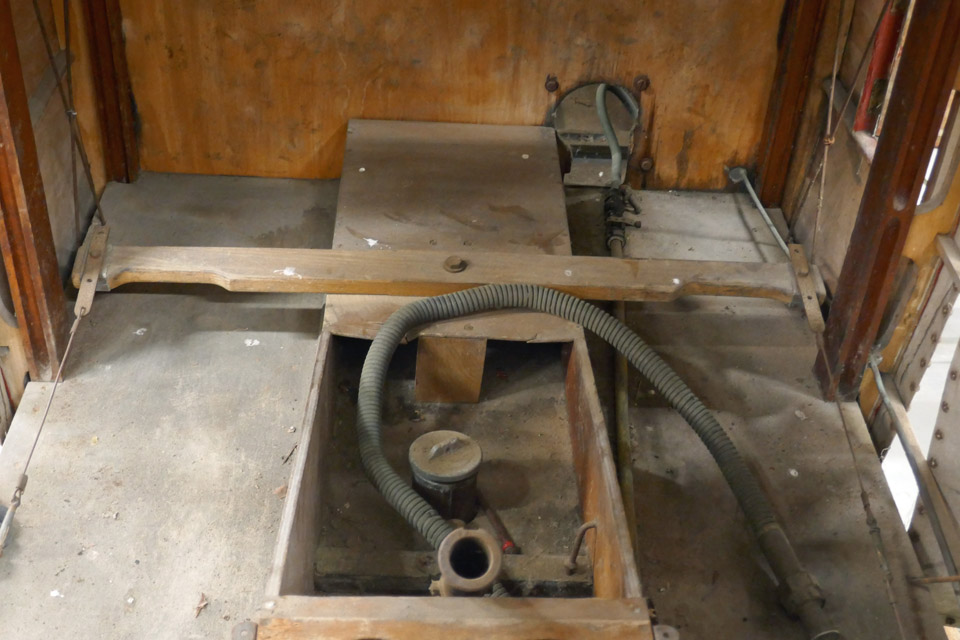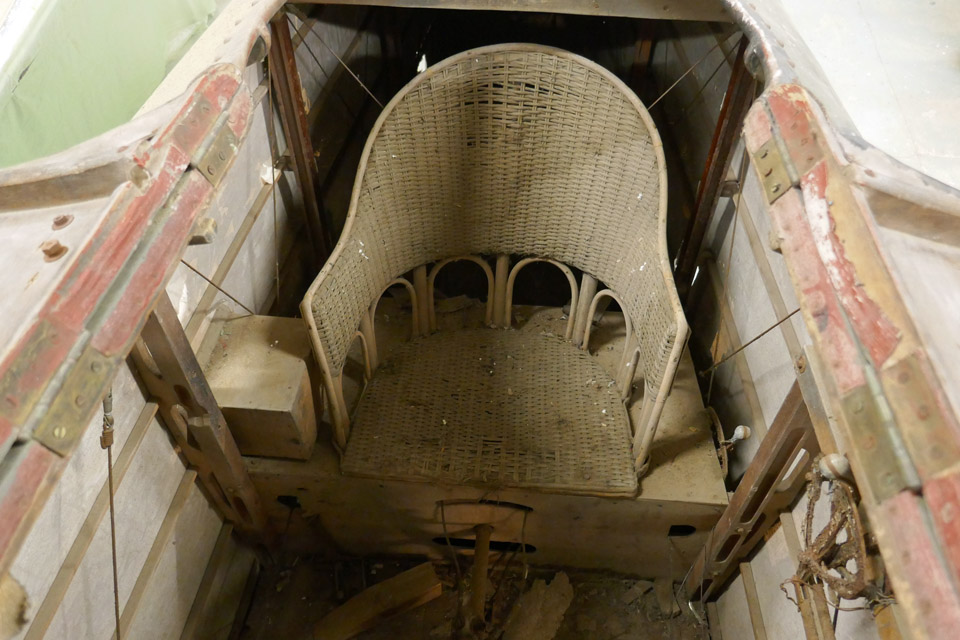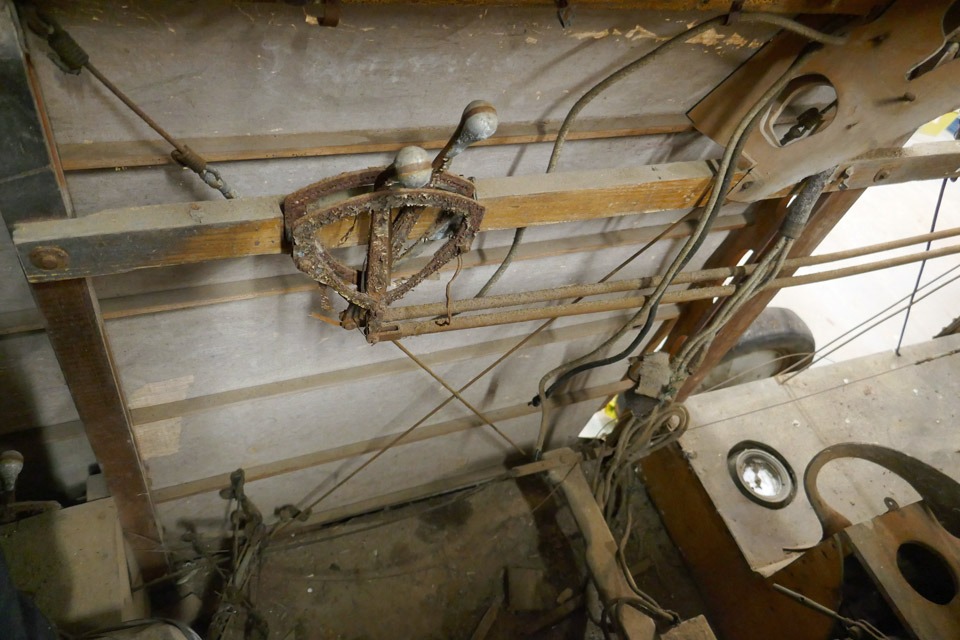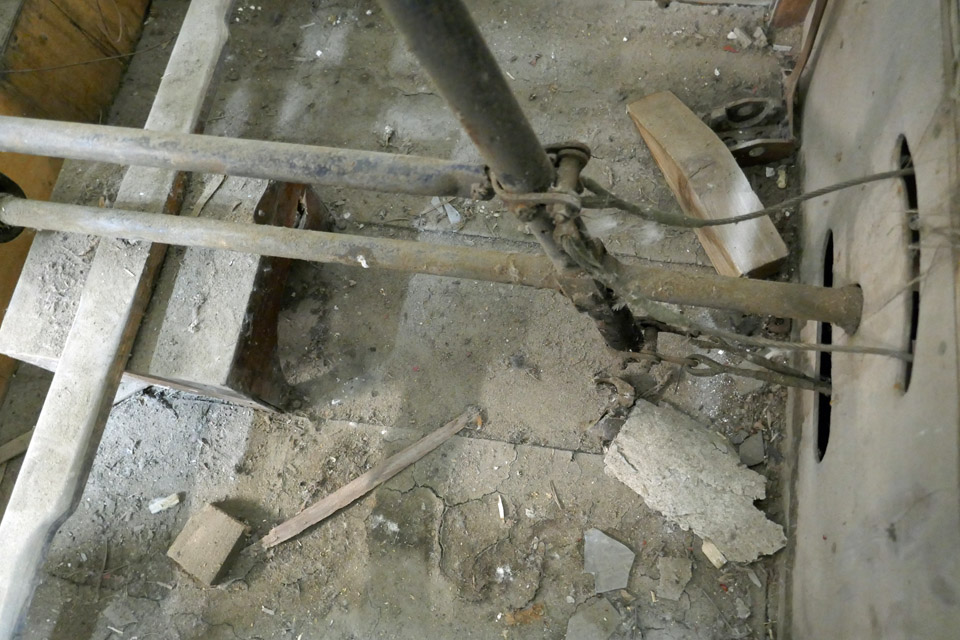Status of Caudron C.59 (CA-50) after 93 years of storageTiistai 16.11.2021 - Tuesday Club member With the marking CA-50 flown fighter trainer Caudron C.59 was removed from service in the Finnish Air Force in December 1928. The aircraft was stored in Santahamina to wait for restoration. In 1948 CA-50 was transferred to the hangar of Vesivehmaa airport together with many other written off Air Force types. The storage hall like hangar developed into the Päijänne-Tavastia Aviation Museum at Vesivehmaa, when a civilian organization called the Lahti Airlift took charge of it as a museum in 2006. About twenty aircraft, all of them in poor condition have been removed to be restored. Most of them are on display in Finnish aviation Museums and elsewhere, too. Of the aircraft restored by the Tuesday club the I.V.L D. 26 Haukka I and I.V.L K .1 Kurki have been returned back to the Päijänne-Tavastia Aviation Museum.
At Vesivehmaa only the fuselage of the C.59 CA-50 has been on display. It lacks the Hispano Suiza-engine. The wings were stored at first in the nearby former Brewster maintenance space, afterwards in a sea container beside the hall. The Caudron’s lower wings and parts of the tail assembly have been under restoration at the Tuesday Club since the spring of 2019.
The Caudron CA-50 has been through rough times and even malicious damage during its 93 years of storage. The fuselage of CA-50 when brought to the Finnish Aviation Museum is in a depressing state. All the metal parts are covered with thick rust. The plywood surfaces of the forward fuselage are soiled. In July 1928 the fuselage was totally rebuilt by the State Aircraft factory Santahamina branch. The paint surface has been badly damaged. During the long storage it has badly cracked. There are also many holes and tears in the fabric. On the port side of the fuselage by the cockpit the fabric has been torn open and the paint has badly flaked.
The landing gear which is covered in thick rust is without the suspension bungee cords. The starboard side wheel is French. The tyre bears the text NEUILLY-AVIATION-AERO 750-125. The wheel must therefore be an original Caudron wheel. Part of the rubber surface has been peeled off. On the port side of the landing gear is a British wheel PALMER CORD AERO TYPE 750x125. The fabric spoke covers of both wheels are on the brink on disintegration, because the rusty spokes have caused the fabric touching them to rot away. The tail wheel is structurally sound. The metal parts are covered with rust, but the bungee cord still remains.
The Caudron fuselage is without its Hispano-Suiza 8A engine. In the engine bay are the rows of bolts with their nuts for assembling the engine. The engine bay plywood surfaces are covered with thick dust and dirt. Outside, underneath the engine bay is the rusted assembly frame of the Lamblin radiator. The radiator is missing. On both sides of the nose there are several inspection hatches. They are functioning, but the hatches lack the Fokker pins to secure them.
The steering wires from the cockpit to the tail are rusty and they have been tied to a bunch on the fuselage. There are no instruments in either of the cockpits. They have been probably dismantled when the aircraft was written off and stored. The pilots’ rattan seats remain. There’s no control column in the front cockpit. The rear cockpit has one. Both cockpits have the rudder pedals in place. On the left wall of both cockpits the throttle and mixture levers and their connecting rods are all covered with thick rust. There’s plenty on muck and dirt on the rear cockpit floor.
Our first task in the Tuesday Club is to clean the plywood surfaces and engine bay of the dust and dirt and clean up the cockpits. The fabric surfaces will not be touched for the time being because the badly cracked surface, when touched, will easily lose more bits of paint. Photos: Lassi Karivalo Translation: Matti Liuskallio. |
|
Avainsanat: aviation history, restoration, Caudron C.59, CA-50 |


